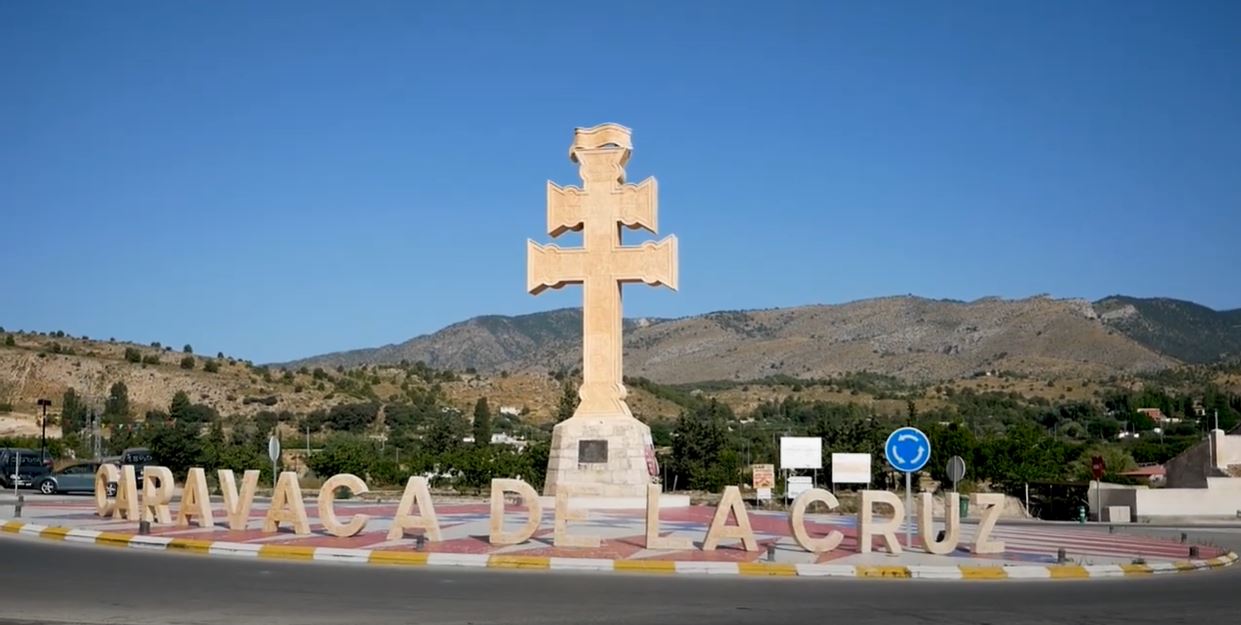Welcome to Caravaca de la Cruz in Spain
If you’re curious about off‑beat Spanish destinations steeped in history, culture and a touch of the mystical, Caravaca de la Cruz in Spain should be right at the top of your list. We used to pass by here on regular trips, while driving on the RM-15motorway.
Nestled in a dramatic mountain setting in north-west Murcia, this fascinating city is best known for housing a relic of the True Cross—making it one of only five Holy Cities in Roman Catholicism (alongside Rome, Jerusalem, Santiago de Compostela and Santo Toribio de Liébana) . But it’s equally adored for its striking medieval architecture, lively fiestas, sodden‑in‑history streets and a lively food scene that lets you soak all this in at your own pace.
If you like churches, check out the Convento de San José de Caravaca de la Cruz, which is yet another spectacular design and humbling experience.
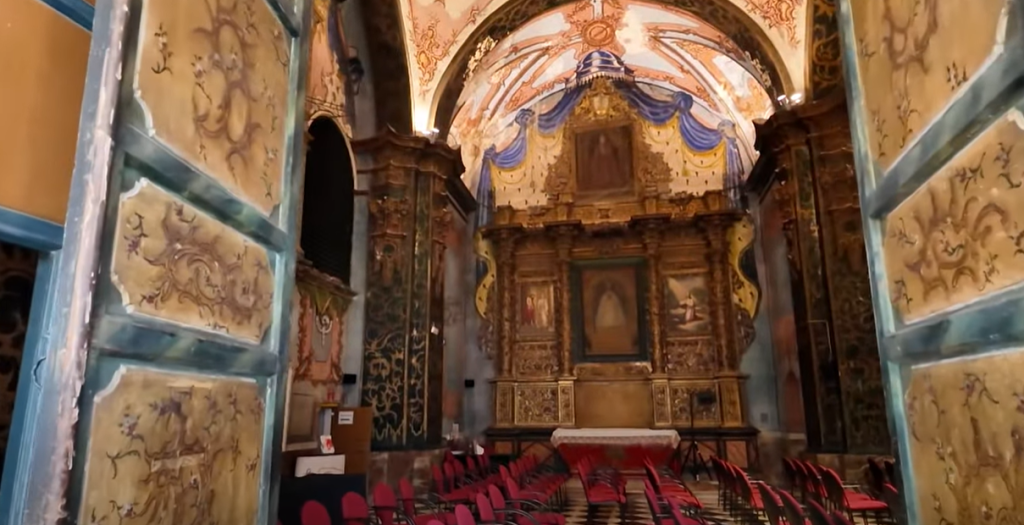
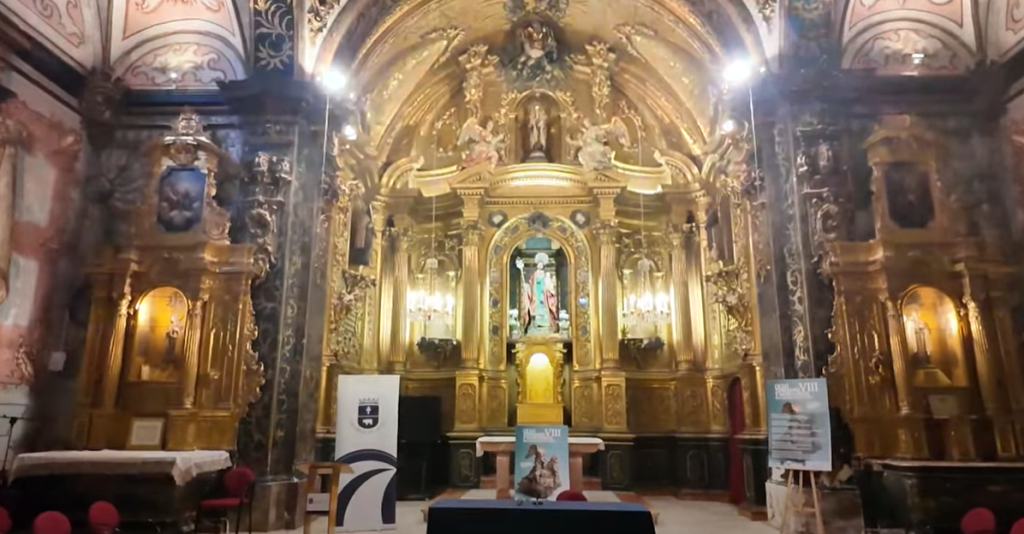
Getting There & Getting Around
By Road: Caravaca lies about 75 km west of Murcia and just south of the border with Granada province (specifically, it borders the province of Granada in Andalusia).The roads are smooth, scenic and signposted, making it a perfect day trip or weekend escape.
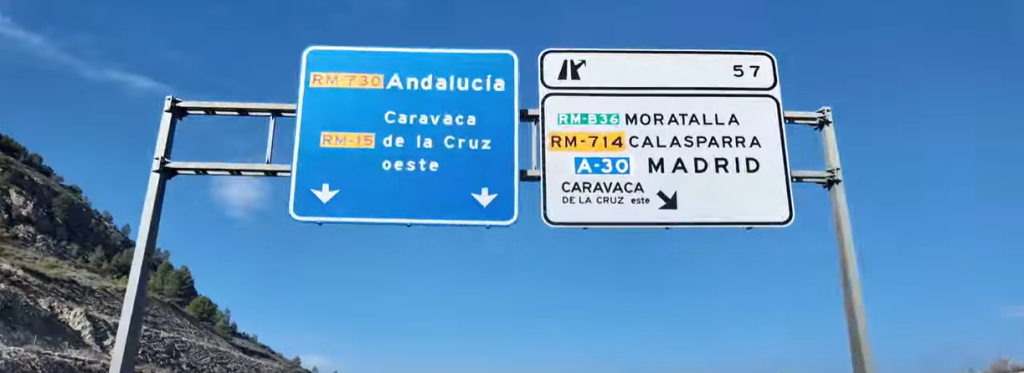
By Rail & Bus: Trains and buses from Murcia, Lorca, and even Alicante are frequent and reliable—drop you within easy walking distance of the old town. The Omio site and app are ideal for tickets and time tables.
On Foot: Most of Caravaca’s sights are within the medieval hilltop centre. Expect some cobbles and uphill bits, so wear comfy shoes—but no 4×4 needed.
Highlights of Caravaca de la Cruz
The Hilltop Castle & Basilica
Looming over the town sits the magnificent Castle of Caravaca de la Cruz, crowned by the Basilica‑Shrine of the Vera Cruz. Walk the ramparts, explore the Baroque basilica built to protect the sacred relic, and enjoy the sweeping views over terracotta rooftops and olive‑studded hills.

The castle also houses a small museum with Roman, Moorish and medieval finds. Even if you’re not religious, the history here is impossible to resist.
Plaza del Arco & the Old Town
Below the castle sits Plaza del Arco, fronted by a grand Baroque gateway and framed by cafés, taverns and local artisan shops. The labyrinth of narrow streets beyond hold historic gems, hidden courtyards and the elegant Iglesia de El Salvador—a fine example of Renaissance‑Mudejar design.

Houses of Culture & Tradition
- Casa‑Museo de los Caballos del Vino: shine up for this quirky museum dedicated to Caravaca’s famed Caballos del Vino festival, showcasing ornate horse caparisons, history and heartfelt folklore .
- Museo Museo de la Fiesta de la Vera Cruz: dive deeper into the town’s famous Fiesta de Mayo and its Moros y Cristianos pageantry.
Time It Right: When to Visit
Fiesta de la Santísima y Vera Cruz (1–5 May): This is Caravaca at its best: processions, embroidered horses racing up the hill at dawn, Moros y Cristianos rituals, and floral offerings fill the air with frenetic charm and shiny symbolism .
Holy Year: Held every seven years, drawing pilgrims from across Europe. Not just spiritual, but a spectacle of devotion and pageantry .
Off‑season (Autumn & Winter): Tranquil, cooler but still pleasant. Great for exploring ruins, walking trails and enjoying regional cuisine without crowds.
Experiences You’re Going to Love
Walk the Camino de la Cruz
Prefer foot over faith? There’s a scenic pilgrimage route from Orihuela to Caravaca, part of the “Camino de Levante.” It offers a quieter alternative to the Camino de Santiago, showcasing forests, vineyards and Moorish remains.
Explore Fuentes del Marqués & Cueva Negra
Just outside town, these natural parks are perfect for picnics, riverside strolls, and a breath of fresh mountain air .
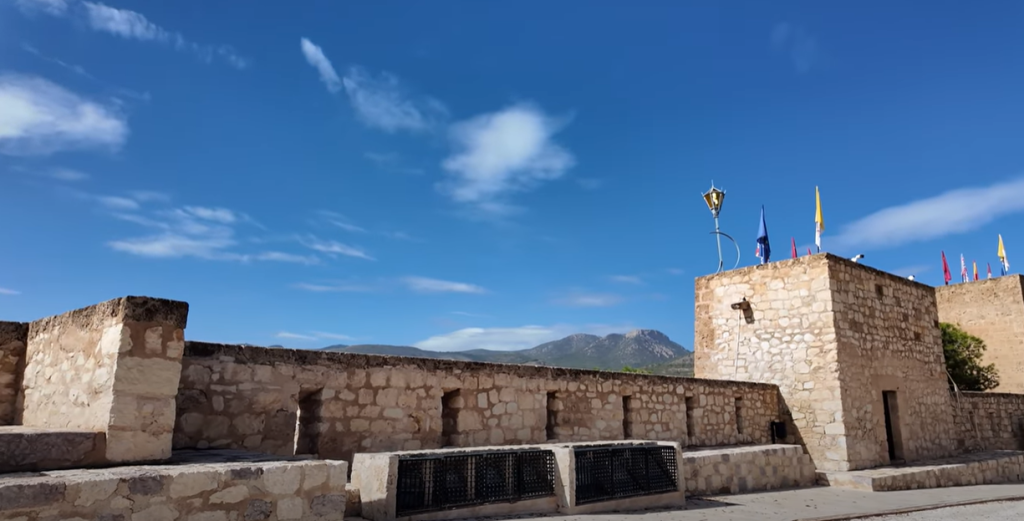
Bag a Hot-Spot Photo
- Rooftop view from the castle walls
- Ornate façades at Plaza del Arco
- Colourful horse displays and Spaniards in medieval dress during May festivities
Eating & Drinking in Caravaca de la Cruz
Regional food here is hearty, rustic and utterly delicious.
- Try empedrado (peas and cod with rice), tartera (baked lamb with onions & pine nuts) or migueles ruleras (breadcrumbs fried with garlic and olive oil).
- Visit tapas bars around Plaza del Arco—order a glass of local red and watch the world go by.
For a really immersive sample, pop into local bakeries for sweet yemas made from egg yolk and sugar—Caravaca is famous for them.

Useful Visitor Info
Parking: Free or affordable in the lower town near the castle entrances.
Accessibility: Paths up to the castle are steep but paved; several viewpoints accessible by taxi if you’d prefer.
Markets: Weekly markets sell local produce, cheeses, olive oil, and traditional crafts.
Stay Options: Boutique hotels in old convents, friendly pension-style stays and rural cottages outside town.
Getting around: Walk, use local taxis, or enjoy scenic drives to neighbouring Lorca, Bullas wine country, or Granada’s striking foothills.
FAQs About Caravaca de la Cruz
What’s the best time to visit?
Early May for the Festival of the True Cross. Other fantastic times are late spring and autumn—pleasant weather and fewer crowds.
Can you visit Caravaca in winter?
Absolutely. Winter days are mild (12–16 °C), ideal for walking, seeing museums and sampling hearty Murcian fare.
Is the hilltop castle accessible?
Yes—while there are uphill paths, they’re manageable and rewarded with breathtaking views.
Are kids well catered for?
Sure. The castle keeps little ones engaged with interactive displays, and the castle streets are safe to explore.
Why Caravaca de la Cruz in Spain Stays With You
This place has it all—history, heartfelt traditions, vibrant festivals, delicious food and lovely scenery—wrapped up in a friendly, compact package that won’t overwhelm you.
It’s authentic Spain, without the pretension, and with a warmth that people remember long after they’ve returned home.
A day—or a weekend—in Caravaca de la Cruz isn’t just a visit; it’s a memory in the making.
I’ve said many a time, I am not religious, however the architecture of old churches, chapels and cathedrals does interest me. Not quite as much as castles and fortresses, I admit, but they are worth a few photos too.
